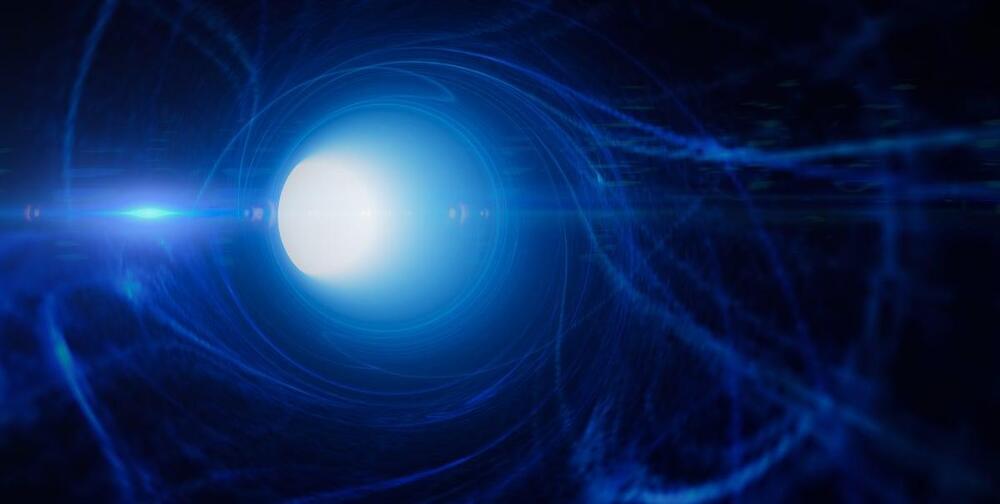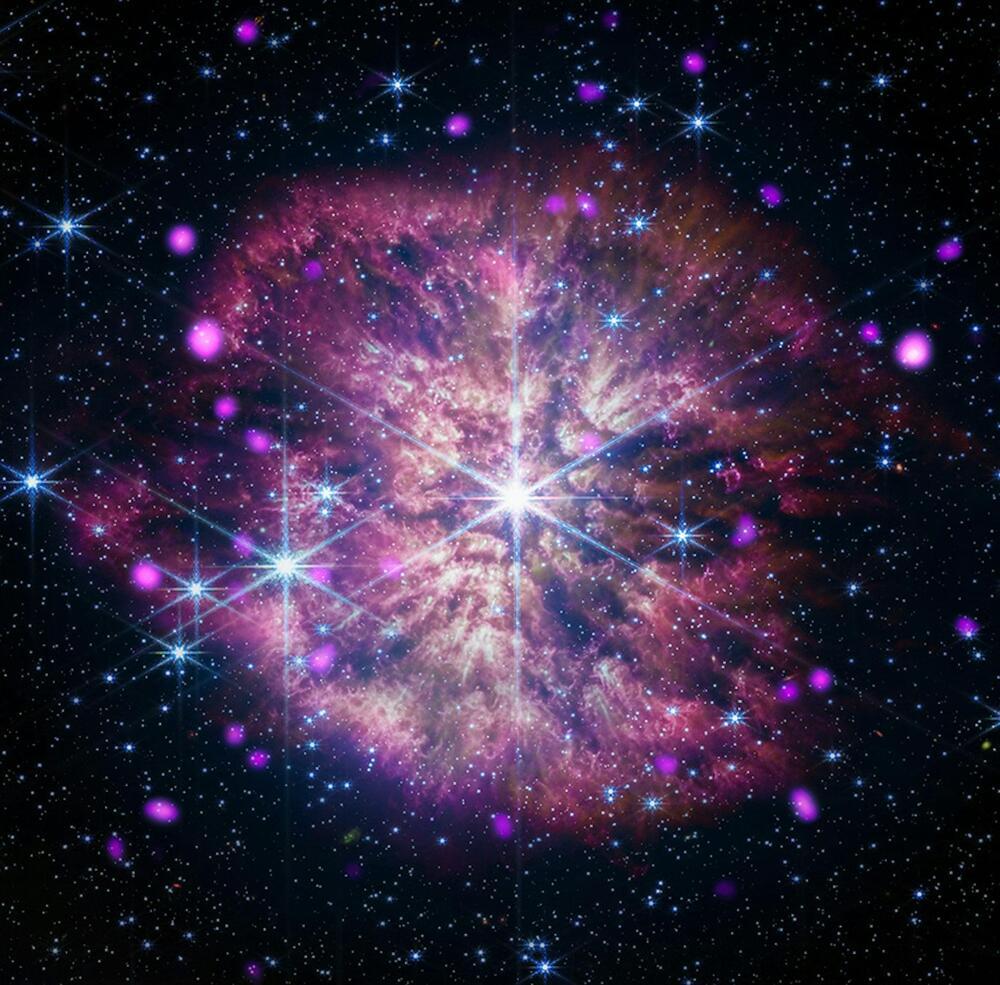
A small black hole must work harder against gravity to keep from collapsing. In rapidly rotating black holes, the Ni shell would collapse to a torus, as possibly reflected in the dramatic photos of supermassive black holes.
At a deeper level, the gravity/Λ mechanism might be seen as a kind of quantum overlay of the Ni solutions, a possible step towards reconciliation of the quantum gravity and general relativity perspectives.
Cosmologists will not be quick to endorse a shell universe. There is still much heavy lifting still to do, for instance, in matching the Ni solutions to the observed universe. Dark matter and dark energy will not lightly be cast aside. But if I am right, the universe is not as you may always have thought.

















